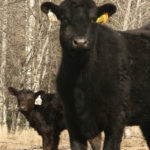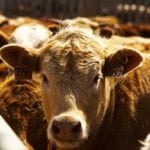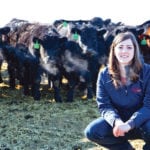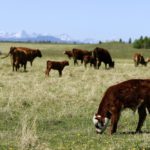September’s column summarized a Beef Cluster project that evaluated antibiotic use in western Canadian cow-calf operations. Nearly all cow-calf farms used antibiotics, but very few animals were treated, and most of the antibiotics used were not related to the antibiotics most commonly used in humans. But when it comes to antibiotic use in the beef […] Read more














